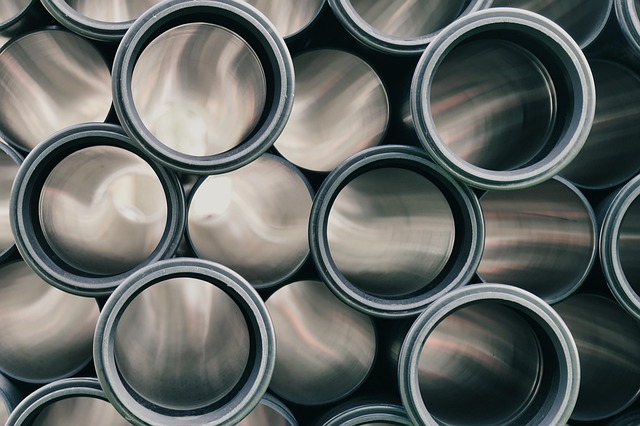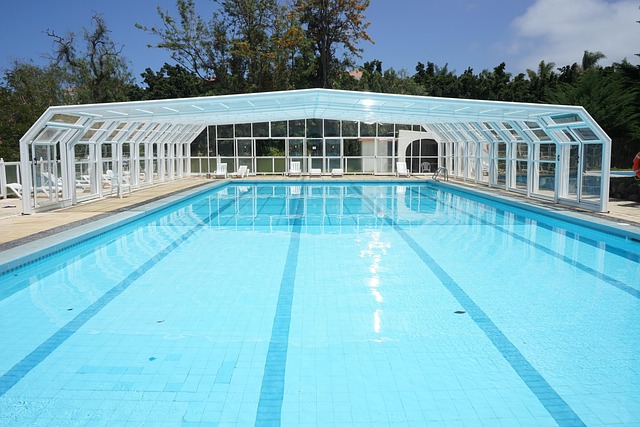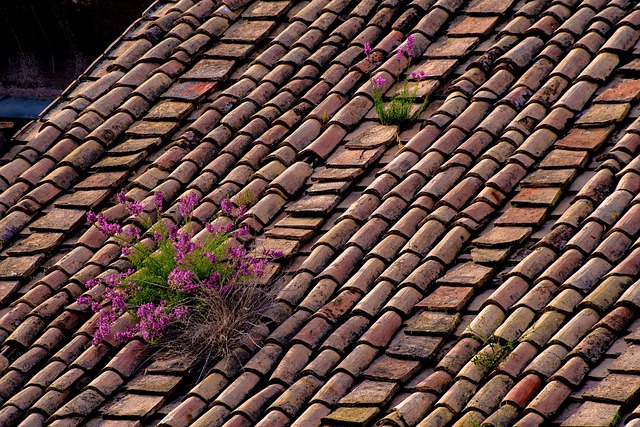In today's digital age, buildings contribute to urban heat islands (UHI) through dark roofs absorbing solar radiation. Cool roofing systems combat this by using reflective coatings and white roof systems that minimize heat absorption. These solutions reduce cooling costs, lower indoor temperatures, decrease carbon emissions, and make cities more sustainable. By reflecting sunlight, cool roofs mitigate UHI effects and promote livable environments, offering significant energy savings and environmental benefits.
The sun’s rays can significantly impact building energy consumption, with heat absorption posing a particular challenge. This is where cool roofing systems step in as an innovative solution. These reflective roofs are designed to reduce heat transfer, minimizing the need for excessive cooling. By understanding heat absorption and its effects on structures, we can appreciate the value of cool roofing. This article explores the technology behind these systems, the materials used, their environmental benefits, and provides a comprehensive guide to implementation.
- Understanding Heat Absorption and Its Impact on Buildings
- Introduction to Cool Roofing Systems and Their Benefits
- Materials Used in Creating Reflective Roofs
- How Reflective Roofs Reduce Cooling Costs
- Environmental Advantages of Cool Roofing Solutions
- Implementing Cool Roofing: A Step-by-Step Guide
Understanding Heat Absorption and Its Impact on Buildings

In today’s world, buildings are not just structures; they are complex systems that significantly contribute to urban heat islands (UHI) effects. Heat absorption is a critical factor in this phenomenon, where rooftops, being large and exposed surfaces, play a pivotal role. Traditional dark-colored roofs absorb solar radiation, leading to increased indoor temperatures and higher energy demands for cooling. This issue has prompted architects and engineers to explore innovative solutions, such as cool roofing systems.
Cool roof coatings and reflective roofing materials are at the forefront of this movement. White roof systems, for instance, reflect a substantial portion of sunlight, significantly reducing heat transfer into buildings. By minimizing heat absorption, these reflective roofing solutions contribute to lower cooling costs and decreased carbon emissions. Moreover, they play a vital role in mitigating the urban heat island effect, making cities more sustainable and livable.
Introduction to Cool Roofing Systems and Their Benefits

Cool roofing systems are designed to reduce heat absorption on rooftops, thereby lowering cooling costs for buildings. These systems operate by reflecting a significant portion of sunlight, which helps maintain lower indoor temperatures during hot weather conditions. Reflective roofing is one such popular approach that involves applying special cool roof coatings or white roof systems onto the surface of the rooftop.
By using these innovative solutions, buildings can experience substantial energy savings due to reduced demand for air conditioning. In addition to financial benefits, cool roofs also contribute to environmental sustainability by lowering greenhouse gas emissions and minimizing urban heat island effects. This makes them a smart choice not only for property owners looking to cut costs but also for cities aiming to create more sustainable and livable environments.
Materials Used in Creating Reflective Roofs

The materials used in creating reflective roofs play a pivotal role in their effectiveness as cool roofing systems. These innovative designs incorporate special coatings and highly reflective surfaces that bounce sunlight away from the building’s interior, significantly reducing heat absorption. One popular choice for homeowners and businesses alike is the white roof system, which uses bright, reflective colors to minimize the impact of solar radiation.
Reflective roofing goes beyond mere aesthetics; it’s a strategic approach to energy efficiency. Cool roof coating, for instance, is an advanced material that not only reflects sunlight but also emits heat, helping to maintain lower indoor temperatures. This technology is especially valuable in urban areas with high density and intense sunlight, where traditional roofing can contribute significantly to the urban heat island effect. By adopting these materials, buildings can enjoy substantial savings on cooling costs while also contributing to a more sustainable environment.
How Reflective Roofs Reduce Cooling Costs

Reflective roofs are designed to bounce sunlight and heat back into the atmosphere, instead of absorbing it. This simple yet effective strategy significantly reduces the amount of heat that enters buildings, which in turn lowers the demand for air conditioning. Cool roof coating, a common implementation of this technology, can reflect up to 90% of solar radiation, providing substantial energy savings compared to traditional dark roofs.
White roof systems, another variant of reflective roofing, are particularly effective in urban environments where heat absorption from rooftops contributes to the urban heat island effect. By reflecting sunlight, these systems not only decrease cooling costs for buildings but also help mitigate the environmental impact of excessive heat retention in cities. This dual benefit makes cool roofing systems an increasingly popular choice among architects and building owners seeking sustainable and cost-efficient solutions.
Environmental Advantages of Cool Roofing Solutions

Cool roofing systems are revolutionizing the way we approach building design and construction. By incorporating reflective roofing materials like white roof systems or cool roof coating, buildings can significantly reduce their heat absorption, leading to a decrease in cooling costs. This environmental advantage is particularly notable in urban areas where the ‘heat island effect’ is prominent, causing elevated temperatures and increased energy demands.
These innovative solutions not only lower energy consumption but also contribute to sustainability by reducing greenhouse gas emissions. Reflective roofing helps maintain cooler interior spaces, thereby decreasing the strain on air conditioning systems. As a result, buildings can achieve better thermal performance, leading to more efficient resource utilization and a smaller carbon footprint.
Implementing Cool Roofing: A Step-by-Step Guide

Implementing Cool Roofing: A Step-by-Step Guide
1. Assess Your Roof and Building: Begin by evaluating your existing roof’s condition, slope, and orientation to sunlight. Identify areas that require cooling the most. Consider factors like local climate and weather patterns, as well as building design and energy usage history. This initial step is crucial for determining the best cool roofing system for your needs.
2. Choose Your Cool Roofing System: There are several options available, each with unique benefits. For instance, white roof systems are highly reflective, reducing heat transfer. Cool roof coating applications can also significantly lower a building’s temperature. Reflective roofing materials, designed to bounce sunlight away, are another effective choice. Select a system that aligns with your energy efficiency goals and budget, keeping in mind long-term savings on cooling costs.
3. Prepare the Roof Surface: Ensure the roof is clean, dry, and free from debris. Repair any leaks or damage. If replacing an old roof, remove the existing material carefully. Proper preparation guarantees a smooth installation process and maximizes the performance of your new cool roofing system.
4. Install the Cool Roofing Material: Follow manufacturer guidelines for application. This might involve laying down reflective membranes, applying cool roof coating, or installing special tiles or shingles. The installation method will depend on your chosen system, but all aim to create a highly reflective surface that minimizes heat absorption.
5. Monitor and Maintain: Regularly inspect your cool roof to ensure it’s performing optimally. Keep the surface clean and free from dust or dirt buildup, as this can reduce reflectivity over time. Proper maintenance ensures you reap the full benefits of reduced cooling costs for years to come.
